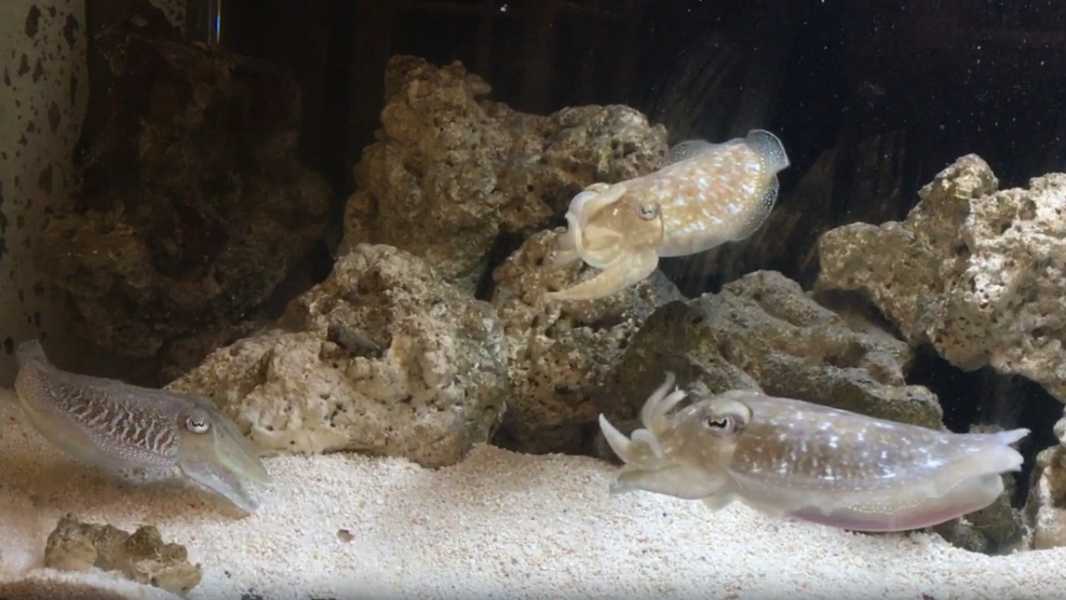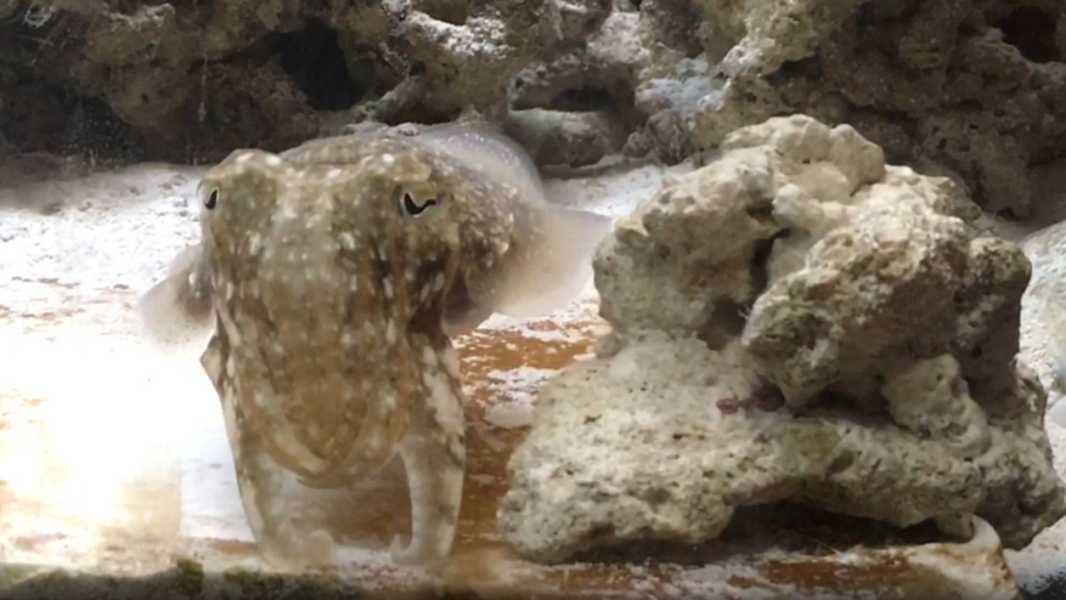A new study suggests that cuttlefish may “wave” their tentacles at each other to communicate. However, the work, which has not yet been peer-reviewed, does not specify what messages are being conveyed by the gesture.
Communication between cuttlefish is complex and can involve combinations of skin colours and patterns, as well as changes in body posture. They even secrete ink during courtship, creating multifaceted signals. In addition, the movements of the tentacles serve as a means of communication – for example, males can inflate or extend their “arms” to demonstrate aggression when confronted by other males.
In a new study, a team of scientists looked at tentacle flapping, a gesture in which cuttlefish raise their tentacles to possibly initiate interactions with other cuttlefish doing the same. The researchers focused on the common cuttlefish (Sepia officinalis) and the pygmy cuttlefish (Sepia bandensis), noting that these species appear to perform specific sequences of tentacle movements.

The cuttlefish appear to wave their tentacles at each other, which the researchers believe may serve as a form of communication.
Scientists have identified four “tentacle flap patterns” – repeating sequences of wave-like movements that can be combined to form specific patterns: the “up” pattern, the “side” pattern, the “roll” pattern and the “crown” pattern.
The research team recorded videos of cuttlefish performing these movements and then played them back. The cuttlefish often stood in front of the video and responded to it by “waving” in response, according to Sophie Cohen-Baudenes, a neuroscientist at PSL University in Paris and a co-author of the new paper. They were significantly more likely to mimic the movements when the video was upright than when it was upside down, indicating that the waving cues have meaning that the cuttlefish perceive when properly oriented.
The researchers also found that the movements of the tentacles create vibrational waves in the water. “When they can’t see each other — for example, if there’s a large rock in the tank — they still continue to signal,” Cohen-Bodenes told Live Science. “This creates vibrations in the water that can be sensed.”

In the experiments, cuttlefish were placed in front of video recordings and appeared to “wave” in response to the cuttlefish on the screen.
To investigate the role of these vibrations, the scientists recorded the vibrational signature of the waves’ behavior using a hydrophone, a device that can detect sound waves in water. They then created versions of the vibrational signal that were reversed and encrypted, and played both these versions and the original signal back into the water. They found that the cuttlefish responded only to the original vibrational recordings, suggesting that the order of the vibrations matters.
Sourse: www.livescience.com





